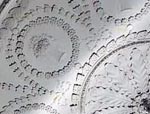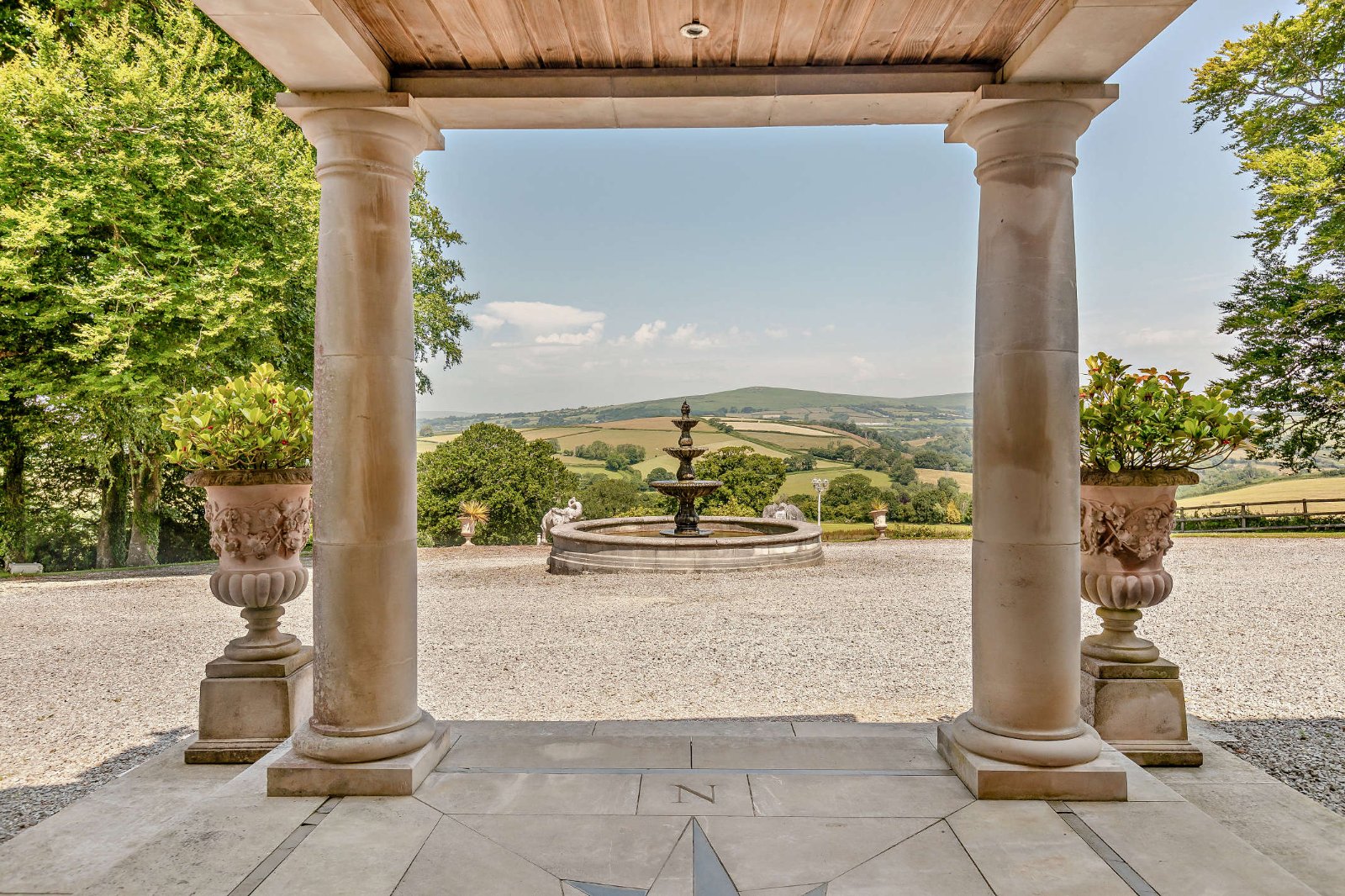Dream house: Pargeter
Ornamental plasterwork often found on the outside of houses (and ceilings) in East Anglia is known as pargeting


Anybody who knows East Anglia will be familiar with the sight of buildings decorated on their outsides (and sometimes on ceilings and overmantels, too) with ornamental plasterwork known as pargeting, which is really a less-detailed version of fine stucco work. Pargeted buildings, and the continuing tradition of the craft, are now largely confined to East Anglia, where the lack of good building stone meant that many timber-framed buildings were simply rendered over, providing a blank canvas particularly suited for pargeting. It is a question of survival rather than revival: when pargeted buildings were widely fashionable in the Jacobean period, East Anglia was very rich from wool trading, so could boast many fine examples. Then, when they went out of fashion, the region became poorer and could not afford to replace them, so the tradition staggered on, never quite dying. One of the few keeping it alive today is Anna Kettle, who was brought up in Norfolk and is now based in Suffolk. 'One day, when I was in the Hare and Hounds in East Bergholt, I looked up and saw this beautiful Jacobean ceiling and thought, why isn't anybody doing work like this today? I already had a good job, but I knew I wanted to do something practical, so I did a basic City and Guilds plaster course in Bristol, and then went to work for St Blaise, doing plaster-conservation jobs. But I wanted to do ornamental plasterwork, and was lucky enough to get a Queen Elizabeth Trust scholarship to study freehand modelling in Venice.' Mrs Kettle, who works on her own, is unusual in combining the skills of a pargeter and conservator. Jobs involving the repair of historic plasterwork constitute about 50% of her work, recent examples including a ceiling in an Ipswich merchant's house, which she had to support with steel fixings before repairing it. Most of her new work is for rural buildings, and often designed to emulate the East Anglian vernacular, although one recent commission was for a ceiling at The Prince of Wales's Birkhall in Scotland. 'I tend to do figurative scenes, which I love designing myself. Often, clients want something with a local historical reference, and I'll look in a church for ideas. The most popular ornamental motif is a grapevine every time I'm asked to do one, I try to vary it. I would love to be asked to do a modern design.' Mrs Kettle describes pargeting as 'the decorative side of plastering traditionally, it has always been done by plasterers with an artistic bent'. Broadly, there are two grades. The most common and least demanding is the technique whereby a 'scratch pattern' is 'combed' into panels of wet plaster, creating a surface that catches the sun and adds greatly to a building's character. The second, more difficult process involves modelling freehand in situ, generally in low relief, and it is this that Mrs Kettle does most. 'I always use lime-putty mortar, which I buy ready mixed, adding white goat hair for tensile strength. Cement hasn't got the right body it has a higher sheer and you can't model it into curvy, sexy shapes, although it can be used for scratch patterns.'Mrs Kettle transfers the design from a scale drawing onto the wall, and then keys up the surface using a drill. She then starts to model and build up the mortar using a spatula and her fingers. 'I work in sections, going back to refine; once the pargeting starts to set, you can't rework it.' Painting with modern masonry paints must wait until it has set properly, which, depending on the weather, takes about three weeks. But it is better to limewash the surface in the traditional way, which can be done slightly sooner. This she sometimes does herself 'you have to get the right balance; if you apply too many coats, you'll blur the detail.' Anna Kettle 01359 230642; www.kettlenet.co.uk Window tips Line drawings, with not too much detail, make the best parget designs Limewash pargeting regularly to maintain it Maintain guttering water from leaking gutters rots laths, causing the pargeting to fall off EXPERT DIRECTORY Bill Sargent, Suffolk 01359 271779; www.pargetting.com Steve Welsh, Suffolk 01986 784740 Thomas Martin, Essex 01279 442070; www.tm-pargeting.co.uk
Exquisite houses, the beauty of Nature, and how to get the most from your life, straight to your inbox.
Country Life is unlike any other magazine: the only glossy weekly on the newsstand and the only magazine that has been guest-edited by His Majesty The King not once, but twice. It is a celebration of modern rural life and all its diverse joys and pleasures — that was first published in Queen Victoria's Diamond Jubilee year. Our eclectic mixture of witty and informative content — from the most up-to-date property news and commentary and a coveted glimpse inside some of the UK's best houses and gardens, to gardening, the arts and interior design, written by experts in their field — still cannot be found in print or online, anywhere else.
-
 18 country houses across Britain, from £400,000 to £4 million, as seen in Country Life
18 country houses across Britain, from £400,000 to £4 million, as seen in Country LifeOur look at the homes to come to the market via Country Life this week picks out a charming Kent cottage and an Arts and Crafts house in Leicestershire.
-
 The greatest flowers make the greatest art
The greatest flowers make the greatest artA search for still-life subjects led Kate Friend to some of the greatest gardens and gardeners in the country
